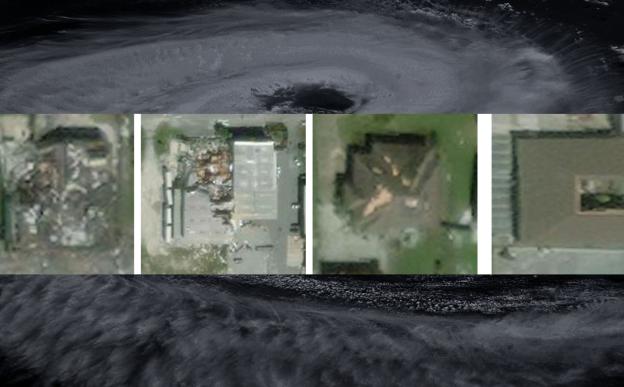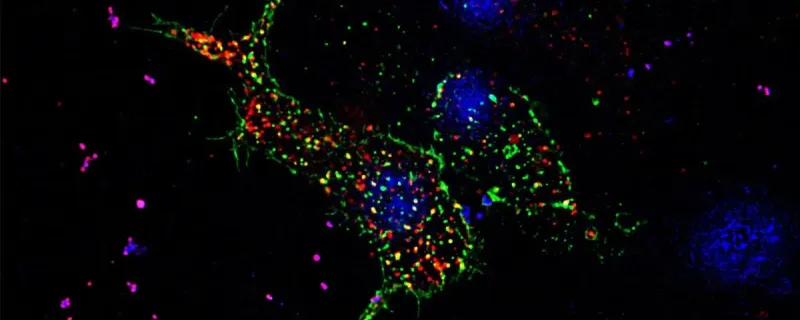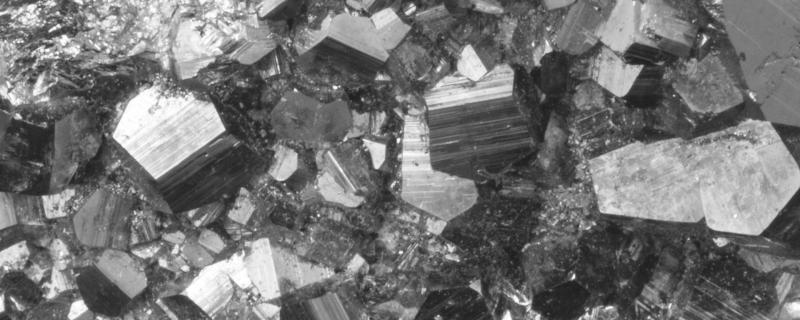A recent study from the Indian Institute of Science (IISc) has shed light on how this glucose traffic management goes wrong in Type 2 Diabetes (T2D), offering exciting new possibilities for treatment.
IIT Bombay’s new deep learning framework, named SpADANet, enhances damage classification accuracy using limited labels across multiple hurricanes.
Mumbai/



